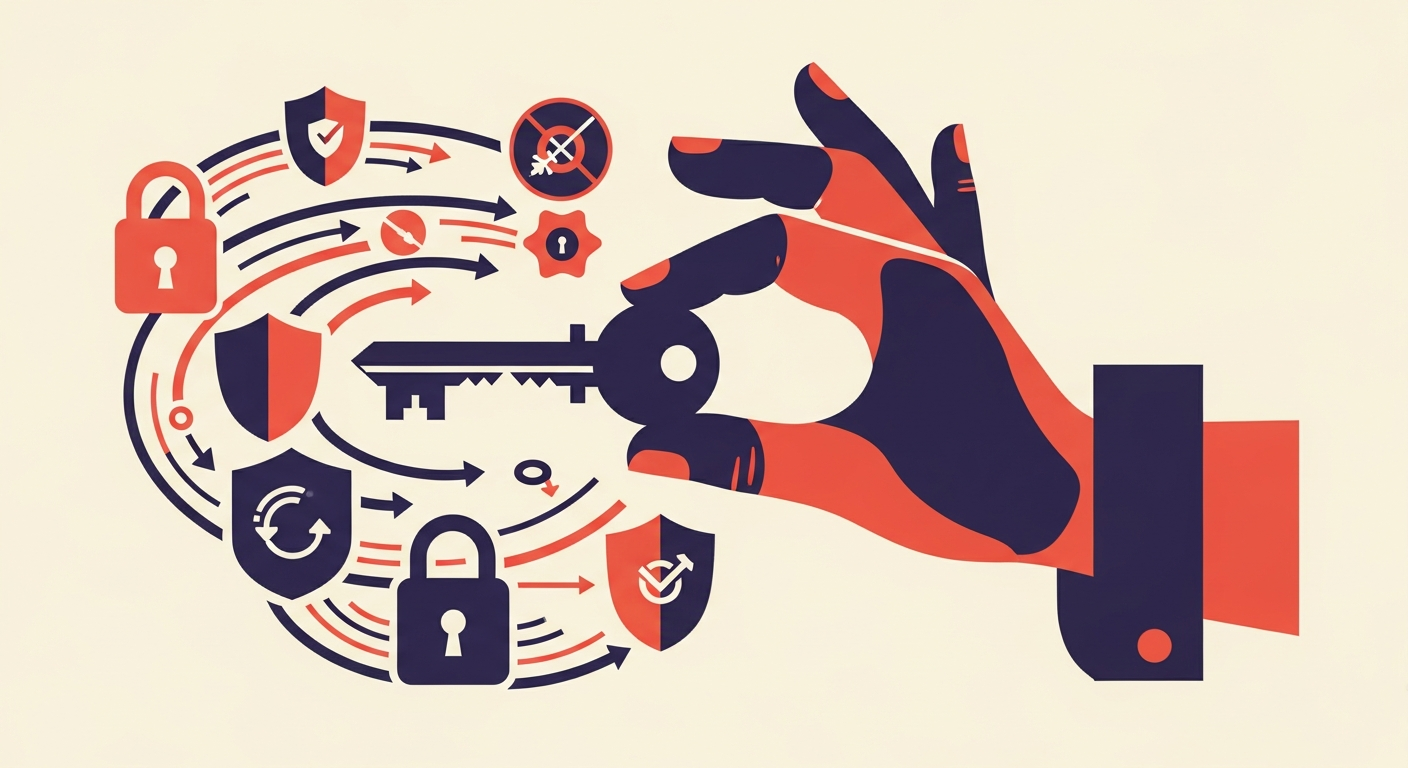
The Authenticated Received Chain (ARC) is a crucial email authentication protocol designed to preserve the authentication results of a message as it traverses multiple intermediate mail servers. Its primary purpose is to help recipient mail servers, especially those implementing DMARC policies, trust email that might otherwise fail authentication due to legitimate changes made by forwarding services or mailing lists.
The question of whether ARC requires a private key for signing is often raised because of its close relationship with DKIM (DomainKeys Identified Mail). While ARC leverages similar cryptographic principles to maintain message integrity, its role and the specific use of private keys differ from how DKIM utilizes them.
Ultimately, yes, ARC does involve the use of private keys, but it is important to understand in what context. An ARC-Sealer, typically an intermediate mail server or a mailing list, uses its own private key to create an ARC-Seal. This seal verifies the message's authentication state at that specific point in its journey, ensuring that any subsequent server can validate the chain of authentications.
The role of keys in ARC signing
The role of keys in ARC signing
ARC itself does not introduce a new domain-specific authentication mechanism that requires the original sender to generate and manage a new private key. Instead, ARC acts as an authentication wrapper for existing protocols like SPF and DKIM. When an email passes through an intermediate server that is an ARC-Sealer (such as a mailing list or a forwarding service), this server assesses the email's current authentication status.
The ARC-Sealer then creates an ARC-Seal, which is a cryptographic signature over the message's current state, including the original authentication results and specific header fields. This signature is generated using a private key controlled by the ARC-Sealer's domain. The corresponding public key is published in the ARC-Sealer's DNS records, allowing subsequent recipient servers to verify the integrity of the ARC chain. You can learn more about how ARC functions by reading about the ARC 'chain' concept. The critical element here is the ARC-Message-Signature header. This header contains the digital signature created by the ARC-Sealer. Much like DKIM, it includes tags such as s= (selector) and d= (signing domain) to indicate where the public key can be found. This specific use of cryptographic keys allows ARC to provide tamper-proof assurance of an email's authentication history. A key component of ARC is the ARC-Authentication-Results header. This header captures a snapshot of the email's authentication status (SPF, DKIM, DMARC) at the moment it was processed by the ARC-Sealer. This information is critical for downstream receivers to determine if the email's authentication failures are due to legitimate transit modifications or malicious activity.
Monitoring ARC and email authentication
Monitoring ARC and email authentication
Understanding ARC and its reliance on private keys at each sealing point is crucial for maintaining robust email deliverability. For organizations implementing DMARC, monitoring ARC results provides valuable insights into how legitimate forwarded emails are being handled. While you don't manage the ARC-Sealer's private key directly, ensuring your DMARC reports show a healthy ARC chain is important for deliverability.
Properly configured email authentication, including SPF, DKIM, and DMARC, is the foundation for email security and deliverability. Tools like Suped provide DMARC monitoring and reporting capabilities that can help you understand your ARC compliance, identify issues, and receive actionable recommendations. Our platform helps unify DMARC, SPF, and DKIM monitoring, offering real-time alerts and AI-powered recommendations to strengthen your email policies. This is particularly beneficial for MSPs and businesses managing multiple domains. ARC's clever use of cryptographic signatures allows it to act as a bridge of trust for forwarded email, ensuring that legitimate messages reach their intended recipients without being flagged as spam or phishing attempts. By understanding the role of private keys in this process, you can better appreciate the complex mechanisms that safeguard email communication today. For more details on ARC signing, refer to the TitanHQ documentation on ARC signing or Sympa's guide on DKIM and ARC key pair setup. 



